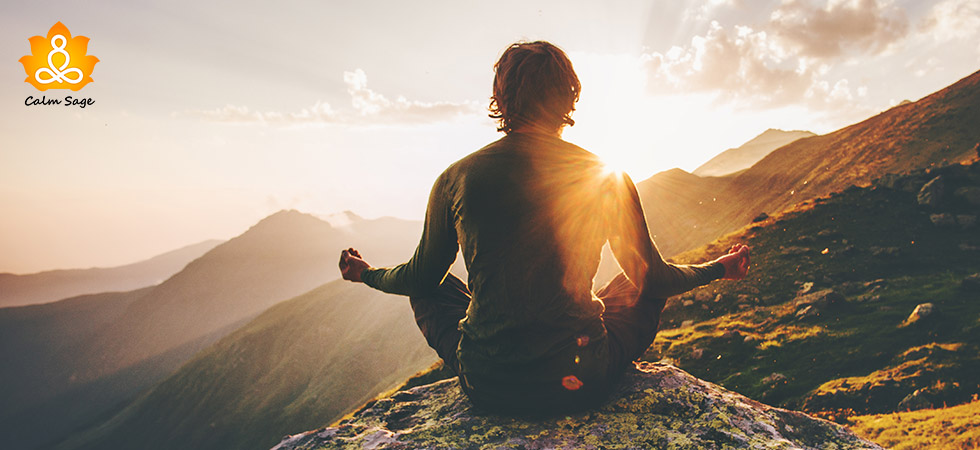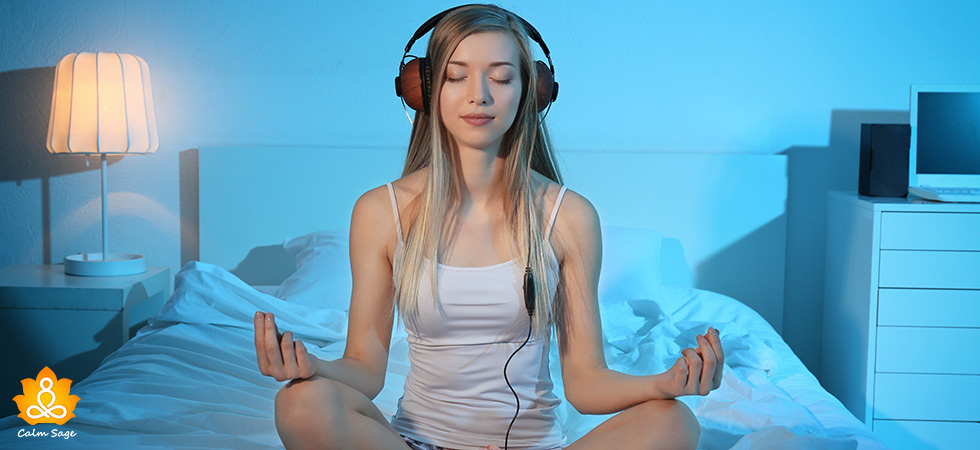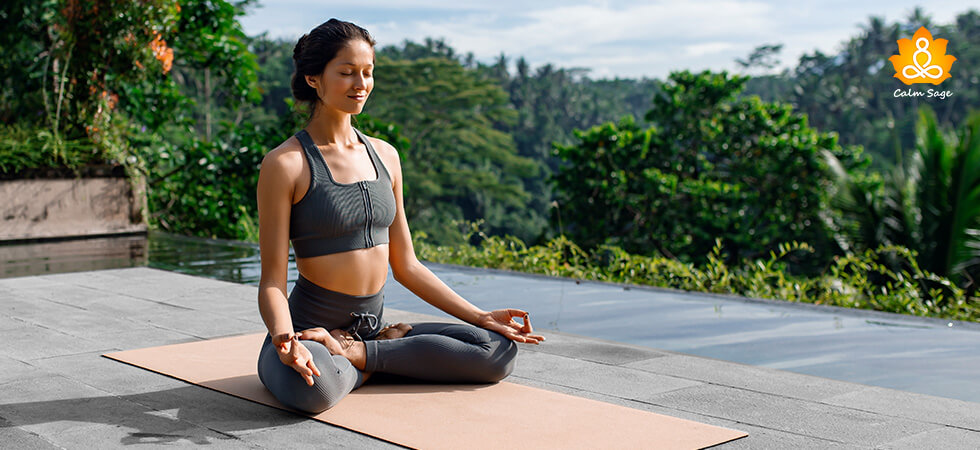Silent Meditation: Techniques, Benefits & Challenges

You must have heard of all kinds of meditation like guided meditation, focused meditation, and many more. Silent meditation is one among them, it is a Buddhist practice that they most fondly call unguided meditation.
Did you know that Buddhists have been practicing silent meditation for more than 2000 years? They believed that meditating silently helps them gain mindfulness, awareness, a sense of calm, clarity about life, and acceptance of reality.
Let’s understand what silent meditation really is before we dig into the benefits of silent meditation and how you can practice silent meditation.
What Is Silent Meditation?

As the name suggests, silent meditation is a type of meditation which requires you to be in an absolutely silent state. While you practice silent mediation you have to try to eliminate all possible sounds that you can and just focus on yourself and the present moment.
You can practice silent meditation in as many ways as you want, the key here is that no matter what and how you do it, you should be in silence. Vipassana is one of the different approaches to silent meditation that you can try.
Let’s see how to do silent meditation…
Silent Meditation Technique (How To Do Silent Meditation)
Silent meditation can be performed very easily without any professional help. In fact, silent meditation can completely be in your control, you can do it as long as you want, whenever you want to do it, it all depends on you.
Let’s look at the silent meditation technique that you can use while practicing silent meditation;
- The first thing you need to do before you begin your silent meditation is to find the most silent area of your house and sit comfortably (either on the floor or a chair)
- Once you are all settled, decide the time limit for your silent meditation practice. Set a smoothing alarm so that you can know when the time’s up.
- Now, close your eyes, calm yourself down and be still
- Now that you are calm, pick a focus point. For example, to decide to focus on your breathing, notice how the air enters and where it travels in your body. You can also try out different breathing techniques
- After focusing on the first thing, you can now move on to other things. For example, after focusing on your breathing, you can shift your focus to your body or your senses, what do you feel on your skin?
- Slowly focus on each part of your body, beginning from the head to toe. Activate all your senses and experience the stillness in you.
- After you have focused on yourself, it’s time to focus on things around you. What temperature is the room, what kind of smell is there in the room, and can you hear and feel anything external?
- Now that you have focused on your body and the external world, it’s time you shift your focus to your thoughts, feelings, and emotions. Remember not to judge yourself while focusing on your feelings.
- By this time you’ve almost come to the end of your silent meditation. Remember, it’s okay to get distracted while your meditation, just bring yourself back to your focus when you find yourself wandering away.
- Once you have focused on all the right things you can slowly come back from that trans-state and resume your work.
Benefits Of Silent Meditation

There are N number of benefits of silent meditation. Most of them have been studied and proven right. There is no denying the fact that meditation helps people manage various mental as well as physical illnesses.
Let’s have a look that the other benefits of silent meditation;
- Silent meditation helps in reducing anxiety and managing stress
- It reduces the intensity of symptoms of depression
- Silent meditation increases the level of empathy in people
- It also helps in improving concentration, attention, and focus
- Silent meditation has proven to help people sleep better
- It helps in managing all kinds of mood disorders
- it helps in managing compulsive behavior and obsessive thoughts
- Silent meditation has helped people with a phobia
- Experts have started to recommend silent meditation as a part of in-house care for people with post-traumatic stress disorder
- It helps you to generate productive responses to negative cues from the environment
- Increases self-awareness
- Makes you a better listener
- Silent meditation helps you gain better clarity in all kinds of situations you face
Challenges Of Silent Meditation
Although silent meditation has a lot of benefits there are a few things you should know about silent meditation before you decide to get into it. Silent meditation is not for people who have just started practicing meditation. If you are a beginner, I’d recommend you begin with a guided meditation before you jump into unguided meditation.
Another thing that might be a downside of silent mediation is that it can take a long time to finally see some positive results. You will at least need to practice silent mediation for 2 – 3 months to finally see some progress. So if you are looking for something quick, silent meditation might not be it.
Well, that’s all for today!
I hope you found this blog about silent meditation helpful, interesting, and informative. Do share this blog with your friends and family so that they can engage in silent meditation techniques as well because the benefits of silent meditation can’t be ignored.
Thanks for reading.
Take care and stay safe.




















